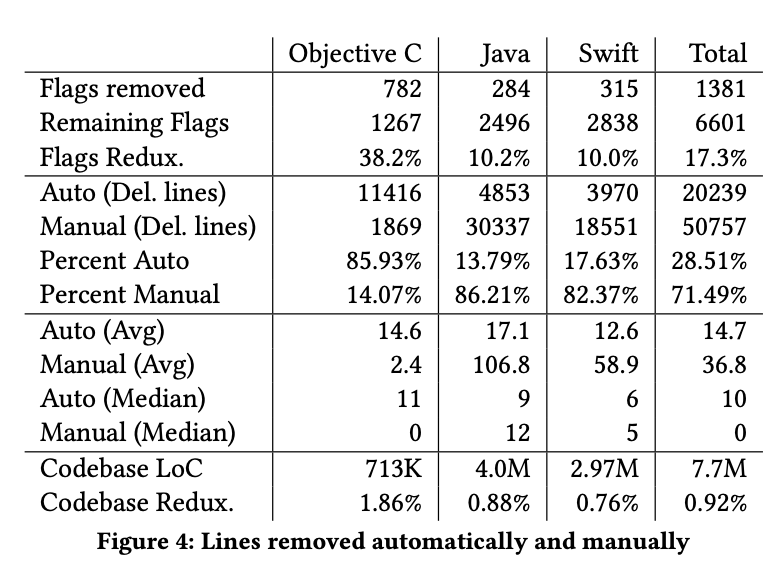
Independent consultant helping engineering teams tackle thorny problems. Sociotechnical architect 🧐. Formerly Earnest, ThoughtWorks.
How to get URL link on X (Twitter) App


 We start by identifying the Consumers - which systems would use this new capability. Pretty much any platform capability is going to have multiple consumers. These are the customers for your internal product.
We start by identifying the Consumers - which systems would use this new capability. Pretty much any platform capability is going to have multiple consumers. These are the customers for your internal product.


 Giving delivery teams autonomy is great and all, but there exist a set of decisions which:
Giving delivery teams autonomy is great and all, but there exist a set of decisions which:

 1/ Lifecycle Teams
1/ Lifecycle Teams